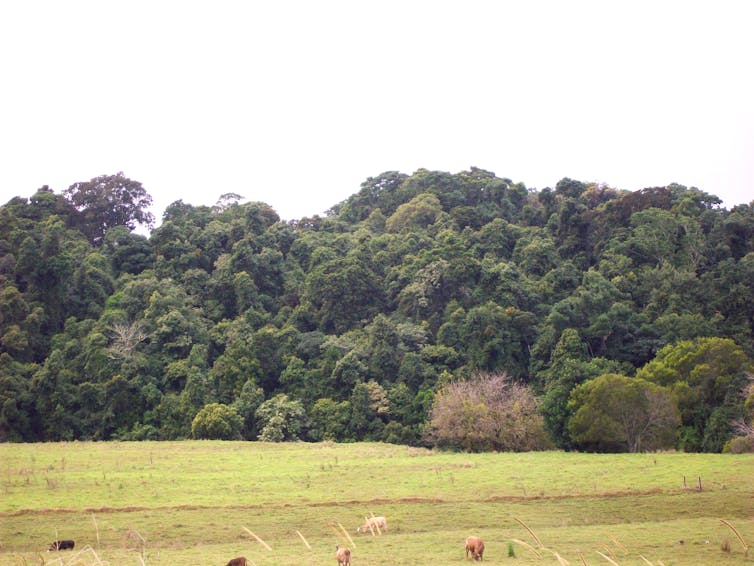CFA brigades have a long history of providing fuel reduction services to reduce the spread of bushfire and to minimise the impact on their community.
.jpg)
HQ Vegetation Management Team, from left to right: Daniel Idczak, Owen Gooding, Justine Leahy, Dale Tonkinson, Terry Ouroumis, Michael Sherwen
This valuable work is performed by brigades in conjunction with a land owner or a land manager such as a municipal council and road or rail authorities. But it’s not easy.
Planned burning and other types of fuel reduction such as mechanical removal can be dangerous and cause harm to assets or the environment. Most of this risk is taken care of at the planning stage, often long before a match is dropped.
Planning and approval for a job is complex, time consuming and technical. So,who in CFA does this work?
CFA provides vegetation management as a support service. Vegetation management officers and vegetation management support officers, who are based in the regions, look after the planning process from nomination of a site through to approvals and scheduling of resources for delivery.
In turn, regionally-based Vegetation Management staff are supported by a small crew of specialists who take care of decision support tools, reporting systems, and the technical advisory services.
The Vegetation Management team in East Burwood is part of the Bushire Portfolio managed by Deputy Chief Officer Bushfire, Alen Slijepcevic. The design and implementation of systems that control and report on the CFA fuel treatment planning process is overseen by the Manager Planned Burning Terry Ouroumis.
Terry’s career has been in forestry and planned burning with the public land manager. He joined CFA Vegetation Management in 2010.
The team is headed by Owen Gooding. Owen comes from a land management and fire prevention background in local government. He joined CFA in 2005 working with the land use planning team, and investigations into bushfire house loss including the Black Saturday Task Force, and joined Vegetation Management in 2010.
Daniel Idczak keeps the team’s services and projects running smoothly as the vegetation management coordinator. Like Owen, Daniel has had a career in land and fire management working primarily for local government. He also brings a wealth of experience in business management and training.
Technical services are provided by four team members who are specialists. Native flora and fauna protection is managed by Biodiversity Advisers Dale Tonkinson and Justine Leahy.
Aboriginal and historical cultural heritage services are provided by Cultural Heritage Adviser Mick Sherwen. Fire behaviour, risk management, and coordination of planned burn training is provided by the planned burn coordinator. This role was carried out by Roger Strickland before his recent retirement.
Mick Sherwen is CFA’s first ever cultural heritage adviser, joining CFA after a career in fire management with DELWP and its predecessors. Mick went on to be a heritage adviser for DELWP before switching to CFA in 2018. As a Victorian Aboriginal man, Mick brings a wealth of cultural knowledge and connections. Combined with his technical expertise and passion for sharing knowledge, Mick is a great asset for CFA as we begin to build our capacity in heritage management.
With the impacts of climate change on the environment and bushfire risk, fire prevention will be more important than ever. Fuel management is key to reducing bushfire risk, and demand will increase. The team understands that everything CFA does to improve its capacity to deliver fuel management will improve the outcomes for community and firefighter safety.
As a bonus, by doing things in a smart and safe way, we learn a lot about our relationship with fire, how fire is expressed in our unique flora and fauna, and about Aboriginal cultural heritage.







